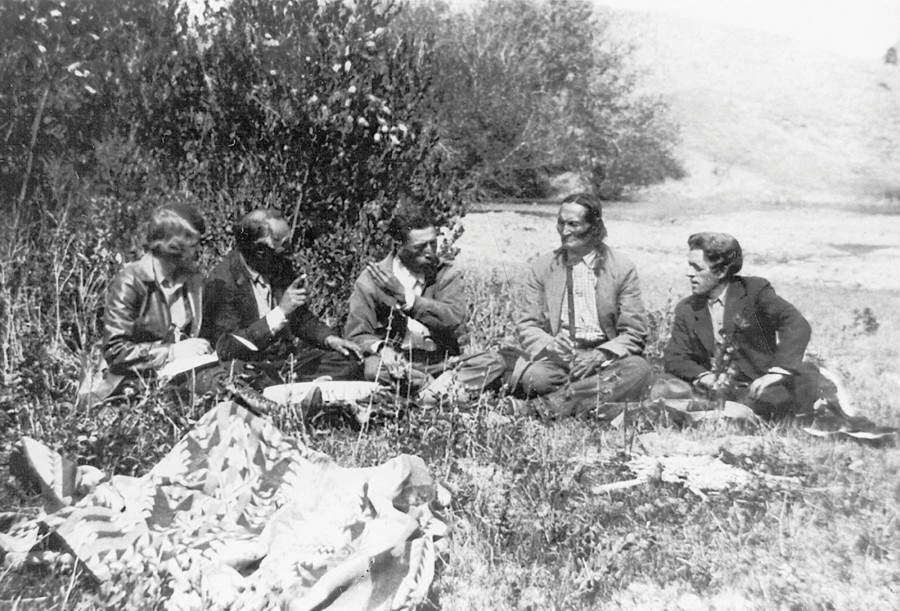Slowing Traffic Increases Protection
Preventing terrorists from entering U.S. military installations begins before they reach the gates. At bases worldwide, the military uses road design and traffic control devices to slow threatening vehicles and give security personnel time to protect the base.
UNL researchers at the Nebraska Transportation Center are helping the U.S. Department of Defense improve this defensive strategy by better understanding the delays that various devices and roadway designs provide. The project is part of the University of Nebraska’s National Strategic Research Institute and its Department of Defense-sponsored University Affiliated Research Center, one of 14 such centers nationwide.
“The military wants their base access control points designed so that anyone with bad intentions can be stopped without jeopardizing the safety of military personnel or the public,” said project leader Laurence Rilett, Keith W. Klaasmeyer Chair in Engineering and Nebraska Transportation Center director.
“The team is excited to conduct research that will have a positive impact on the safety of our military personnel.”
Security engineers use roadway design, obstacles and detection technology to slow traffic and increase warning time. Better understanding the effects of roadway curves, curbs, barriers and speed humps helps engineers design entry points that more effectively prevent unauthorized access.
UNL’s research team is providing detailed information about the delays produced by traffic control devices including speed humps and curbs. They have developed sophisticated computer simulations based on tests of vehicles interacting with these devices.
This information will help the research sponsors – the Air Force Civil Engineering Center and the Military Surface Deployment and Distribution Command – improve the design of base entry control facilities.
“These designs are used on thousands of entry points at our military bases in the U.S. and around the world,” Rilett said. “The team is excited to conduct research that will have a positive impact on the safety of our military personnel.”
Pictured above, from left: Cody Stolle, Laurence Rilett and Ron Faller


